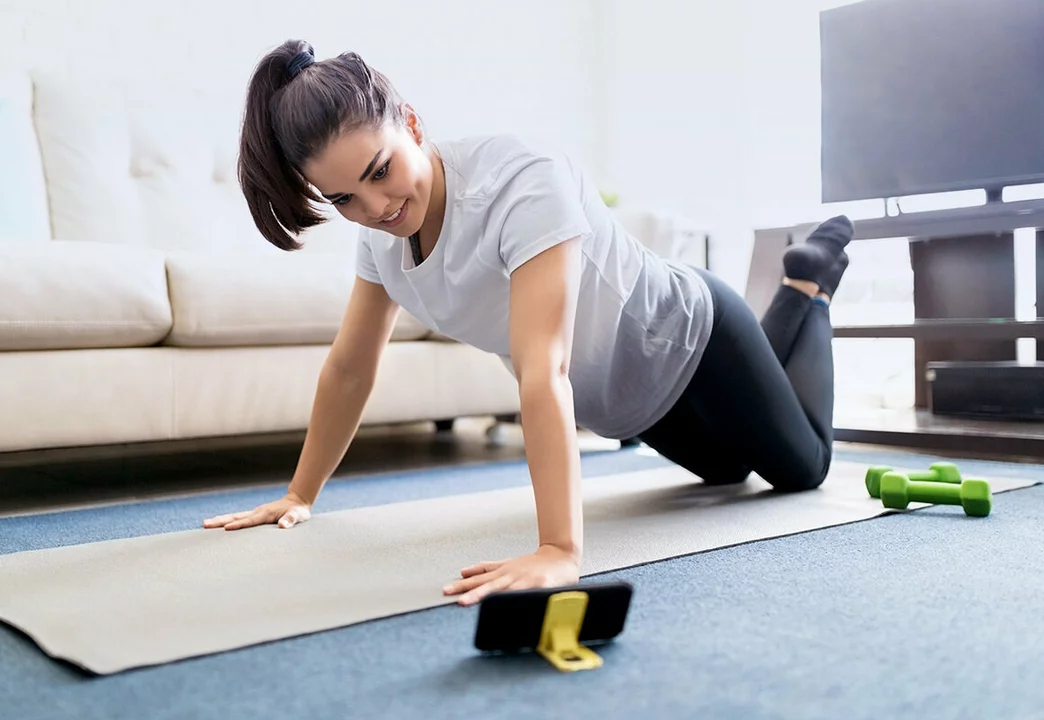Staying Active: Simple Ways to Move More Every Day
Sitting less beats big, rare workouts. Want practical ways to stay active without hours at the gym? Use small habits that stack into real results. Here’s a plan you can start today, even if you’re busy or have mobility limits.
First, aim for a clear target: 150 minutes of moderate activity a week or 75 minutes of vigorous effort. That can be five 30‑minute walks or three 25‑minute runs. If that feels like too much, split it into short bursts — three 10‑minute walks count, and so does a single 15‑minute strength session.
Daily habits that actually work
Walk while you talk. Make phone calls on your feet or pace during short meetings. Park farther from the store and take stairs when you can. Set an hourly timer to stand and move for two minutes — march in place, do shoulder rolls, or stretch. These tiny moves add up and keep your body from locking into soreness.
Use a simple strength routine twice a week. Try 2 sets of 8–12 reps each: squats (or chair‑assisted sit‑to‑stand), push‑ups against a wall or counter, and a plank or chest‑support hold. Strength training keeps muscles and joints healthy, helps balance, and makes everyday tasks easier.
Quick workouts and recovery
Ten minutes is better than zero. A quick circuit — 1 minute of jumping jacks or brisk marching, 1 minute of bodyweight squats, 1 minute of lunges, repeat twice — gives a solid boost. Mix cardio and strength across the week so you don’t rely on one type of movement.
Recovery matters. Sleep seven to nine hours when possible, drink water, and spend 5–10 minutes on mobility work after you move. Simple hip and shoulder stretches reduce tightness and lower injury risk.
If you take medication or have a chronic condition, check with your clinician about the safest activity level. Some medicines change heart rate, balance, or energy. Your pharmacist at GoGoMeds can also flag common interactions that affect exercise tolerance.
Make it social. Join a weekly walking group, buddy up for home workouts, or try a class that fits your schedule. Accountability helps you keep going. Track progress with a step goal, minutes moved, or by noting how your clothes fit or how your energy feels after a week.
Finally, be patient. Habits form over weeks. Start with tiny wins you can repeat, celebrate consistency, and slowly raise the challenge when it feels easy. Staying active is less about perfect workouts and more about regular movement that supports your day-to-day life.
Sample week plan: Monday — 30 minutes brisk walk; Tuesday — 20 minutes bodyweight strength; Wednesday — active rest with a 15 minute gentle yoga or long walk; Thursday — interval walking or light run for 20 minutes; Friday — strength routine focusing on legs and core; Saturday — a longer hike, bike, or swim for 45–60 minutes; Sunday — rest or a short mobility session. Adjust intensities and listen to your body.

